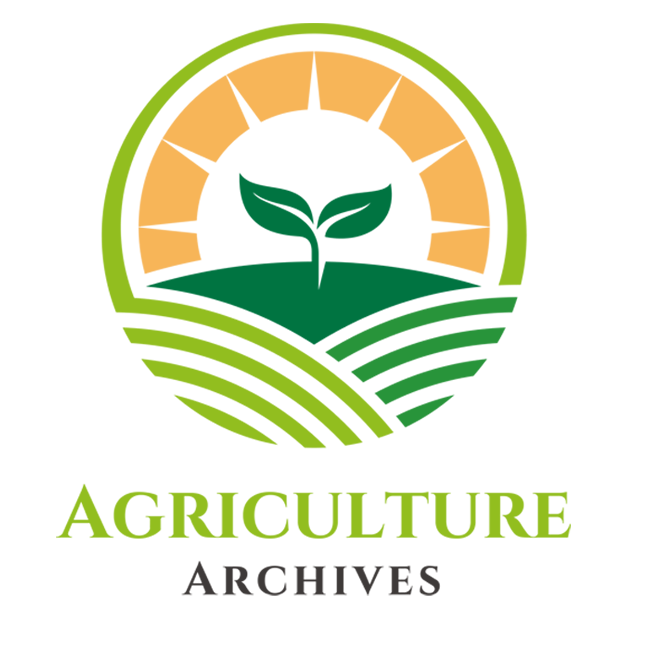Cobb-Douglas production functions have been used extensively in agricultural economics as a means of exploring the relationship between inputs and outputs in agricultural production. But, because it is simple and highlights key elements of production processes, it is commonly used. Objective: To realize the applicability of Cobb-Douglas Production Function in agricultural and industrial sectors along with its constraints. Methods: This study is synthesized on the available data from many secondary sources, compiled, verified, and organized by the relevant themes. Owing to the convenience and flexibility, the Cobb-Douglas production function is a promising instrument in modeling agricultural production commonly employed in operation and evaluation for agricultural productivity research. It is extensively utilized in modeling connections between input and output across many domains. The sports of such data across its many contexts have been both defended and rejected with regards to agriculture depending on the specific province in which the agricultural product is grown. So, its limitations are also addressed. Findings: It explains the intricate relationships between inputs and outcomes in a variety of settings. It is very much helpful to study phenomena like income distribution, technological developments, and production efficiency as well as the complex linkages that exist between inputs and outcomes. Conclusion: The study suggests that when the appropriate quantity of inputs is employed, this production function might be accustomed to increased output. Following a review of the changes in the agrarian structure, input utilization pattern, and agricultural growth trend, the study may give some directions.
